As an avid fan of sound production, I know the importance of having a high-quality microphone as part of my toolkit. Whether it’s for recording music in a studio, broadcasting podcasts or simply amplifying your voice during online meetings, the microphone you choose greatly impacts the outcome.
That’s where Lewitt LCT 240 Pro comes into play – capably enhancing sound quality to match professional standards. This article aims to guide you through an in-depth review of this remarkable piece of audio technology.
The Lewitt LCT 240 Pro promises superior audio quality with its impressive specifications. Kitted with features like high dynamic range, considerable frequency range, and robust build quality, this device delivers on its claims providing exceptional performance in various recording circumstances.
| Feature | Specification |
|---|---|
| Type | Condenser, permanently polarized |
| Dynamic range | 123 dB (A) |
| Acoustical operating principle | Pressure gradient transducer |
| Internal impedance | 100 Ω |
| Transducer Ø | 17 mm, 0.67 in |
| Supply voltage | 48 V ± 4 V |
| Diaphragm | 3-micron gold-sputtered Mylar |
| Current consumption | 3.1 mA |
| Polar pattern | Cardioid |
| Connector | Gold-plated 3-pin XLR |
| Frequency range | 20 … 20,000 Hz |
| Microphone enclosure | Zinc die cast |
| Sensitivity | 16.7 mV/Pa, -35.5 dBV/Pa |
| Microphone dimensions | 138 x 52 x 36 mm, 5.43 x 2.04 x 1.42 inch |
| Self-noise | 19 dB (A) |
| Microphone net weight | 310 g, 10.9 oz |
| Max. SPL for 0.5 % THD | 142 dB SPL |
Lewitt LCT 240: A Quick Overview
The Lewitt LCT 240 is a highly versatile condenser microphone designed for a wide range of recording applications. Offering exceptional dynamic range and low self-noise, it features a cardioid polar pattern that effectively captures sound from the front while minimizing ambient noise from the sides and rear.
With its robust zinc die-cast body and gold-plated 3-pin XLR connector, the LCT 240 ensures durability and reliable performance in various studio environments.
Equipped with a 17 mm pressure gradient transducer and a 3-micron gold-sputtered Mylar diaphragm, this microphone delivers clear, detailed audio across a broad frequency range of 20 Hz to 20 kHz.
Its sensitivity makes it suitable for both vocals and instruments, capturing every nuance with precision. Operating on standard phantom power (48V ± 4V), the compact yet sturdy design of the LCT 240 makes it an ideal choice for musicians and audio professionals seeking quality recordings without compromise.
Build Quality
When I held the Lewitt LCT 240 Pro microphone in my hands for the first time, what struck me immediately was its solid build quality. Even as someone experienced in dealing with audio equipment, it stood out to me.
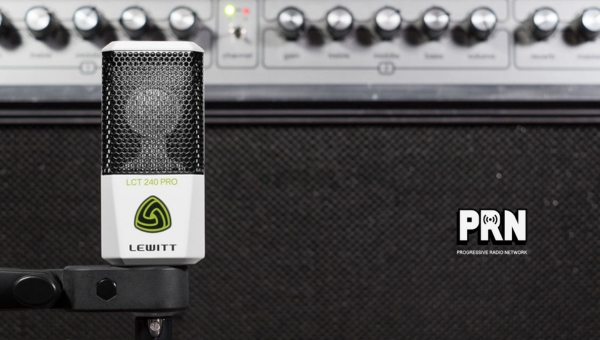
The body of the microphone is made from Zinc die-cast, which not only gives it a sleek look but also translates into durability. It’s robust and I can see how it could withstand the demands of any recording studio or live session environment.
Also noteworthy is its weight. At 310 g (or about 10.9 oz), the Lewitt LCT 240 Pro holds some heft without being cumbersome or too heavy to handle comfortably during long recording sessions. This shows off a delicate balance between stability and usability that I truly appreciate in high-quality equipment.
That’s not all – one of my favorite aspects of this mic’s build is its Transducer size– at Ø 17 mm (or about .67 inches), it strikes an efficient balance between capturing sound and easy maneuverability.
Also Read: PreSonus Eris E5 Review: Unleashing Power of Good Sound
Features
The Lewitt LCT 240 Pro is a versatile studio workhorse that I believe has earned its place in any recording setup. It sure does have an impressive list of features to surprise anyone so let’s get started.
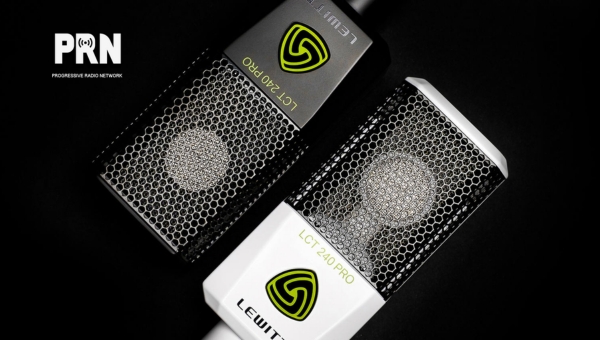
- Type and Design: This is a condenser microphone which means it’s perfect for studio use. With a pressure gradient transducer working principle, it promises excellent sound quality. Plus, the design follows the classic ‘pencil’ shape which makes it look really sleek.
- Dynamic Range: A dynamic range of 123 dB (A) is featured on this mic. This means that the Lewitt LCT 240 Pro can handle both very quiet and very loud sounds without distortion.
- Diaphragm: The diaphragm is crafted from three microns of gold-sputtered Mylar, ensuring high-quality sound reproduction.
- Polar Pattern: The cardioid polar pattern helps to reject sounds from the sides and rear, optimizing focus on your main sound source.
- Frequency Range: It boasts quite a broad frequency range – from 20Hz right up to 20kHz.
- Connectivity: A gold-plated three-pin XLR connector ensures secure and stable connectivity with any audio device.
Self-noise feature
One of the many amazing features I appreciate about the Lewitt LCT 240 Pro is its self-noise capability. The presence of self-noise in any microphone may not seem like a big deal, but it plays an essential role in ensuring clear and quality sound. With this microphone, you don’t have to worry so much about unnecessary noise as the Lewitt LCT 240 Pro has a self-noise measurement of just 19 dB (A).
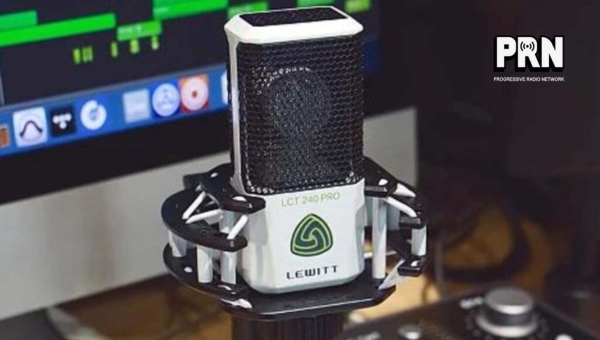
This self-sound figure may not seem exciting or meaningful on paper until you experience it firsthand for yourself. Let’s put it in perspective – with lower self-noise levels – which is what the Lewitt LCT 240 Pro offers, it means fewer headaches from annoying background noise when I’m doing some serious audio capturing sessions.
So, if having high-quality sound precision matters to you (which I am guessing it does), then you’ll greatly appreciate this feature on the Lewitt mic just like myself! It’s nice having a microphone that can stay silent when silence is needed—it simply improves your overall recording experience.
Also read: Yamaha Piaggero NP-12
Connectivity
When it comes to connecting the Lewitt LCT 240 Pro with your audio devices, you’ll find it very straightforward. The microphone is equipped with a gold-plated 3-pin XLR connector. I hear you wondering, “What does that mean?” Let me explain in simple terms.
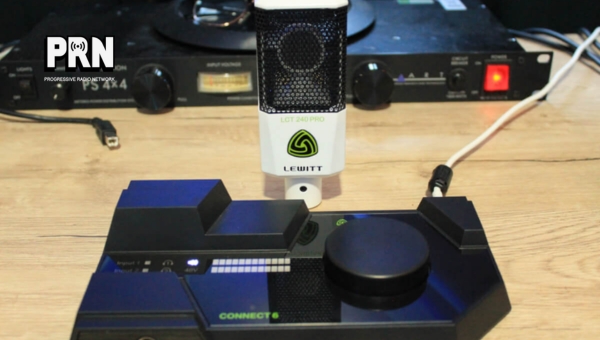
The term ‘XLR’ is an abbreviation that stands for External Line Return. This refers to a type of electrical connector that’s commonly found in professional audio, video, and stage lighting equipment. It’s known for its excellent sound quality without any loss during transfer.
The core specialty of this particular XLR connector is its gold plating. We all know gold doesn’t rust or tarnish like other metals do, right? Similarly, when used in connectors, it ensures corrosion-free connections for higher longevity and reliable audio performance.
Moreover, since an XLR cable also carries phantom power, your Lewitt LCT 240 Pro receives the required +48V power supply directly through the cable from the connected device. Yes! You heard me right—no additional power sources are needed.
Also Read: JBL 306P Mk2 Review: The Ultimate Sound Experience
Frequency Range
The frequency range of the Lewitt LCT 240 Pro is quite impressive. The microphone can pick up sounds from as low as 20 Hz to a high range of 20,000 Hz. This wide-range capability allows the microphone to capture every detail and nuance during recording, making it an excellent tool for musicians and audio professionals.
With such a vast and effective frequency range, the Lewitt LCT 240 Pro is versatile enough to handle different sound sources. Whether you are capturing voices for podcasting or the vibrant notes of musical instruments, this mic won’t miss any crucial elements in your recordings.
How max SPL factor affect sound quality?
To begin with, SPL stands for Sound Pressure Level. This is a measure of the pressure a source of sound creates in our ears and it is an important specification to understand when talking about microphones, like the Lewitt LCT 240 Pro.
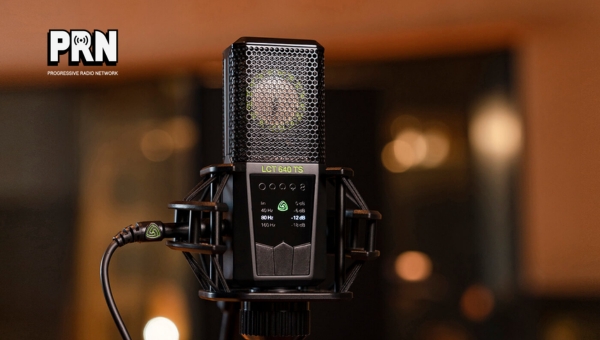
When it comes to how Max SPL affects sound quality, we can think of it as a microphone’s threshold for handling loud noises without distortion. When the sounds get too loud or intense, beyond what the microphone’s Max SPL rating can handle, distortion can occur leading to decreased sound quality.
So basically, the higher the Max SPL, the better a microphone performs in handling louder sounds or noises without causing any kind of distortion which greatly affects our recording clarity and overall audio performance.
Also Read: Lifestyle
Pros and Cons
Let’s see the advantages and disadvantages of Lewitt LCT 240 Pro:
| Pros | Cons |
|---|---|
| High-quality build with a Zinc die-cast enclosure | Heavier than some other microphones with a net weight of 310g |
| Highly sensitive (16.7 mV/Pa, -35.5 dBV/Pa), capturing all ranges of sound | Needs a 48 V supply voltage which might not be available everywhere |
| Wide frequency range (20 … 20,000 Hz), ideal for various applications | The permanently polarized condenser type may not suit all types of applications |
| Self-noise is only 19 dB(A), making it relatively quiet during operation | Current consumption is higher (3.1 mA) resulting in more power usage |
| Strong Max SPL for 0.5 % THD at 142 dBSPL allows loud sounds without distortion | Configuration is cardiod, limiting its utility in certain situations |
Conclusion
After a thorough review, I can conclude that the Lewitt LCT 240 Pro is an incredibly versatile and high-performing microphone. Whether you’re a podcaster, a musician, or a content creator, this microphone’s top-notch build quality and array of useful features make it an excellent choice.
The minimal self-noise, exceptional connectivity options, and expansive frequency range ensure crisp and clear audio recording every time.
The sensitivity of the microphone further guarantees that your voice or instrument will be captured with utmost clarity. Lastly, while it has its limitations like any other product, the pros significantly outweigh the cons making Lewitt LCT 240 Pro a worthy investment for audio professionals.
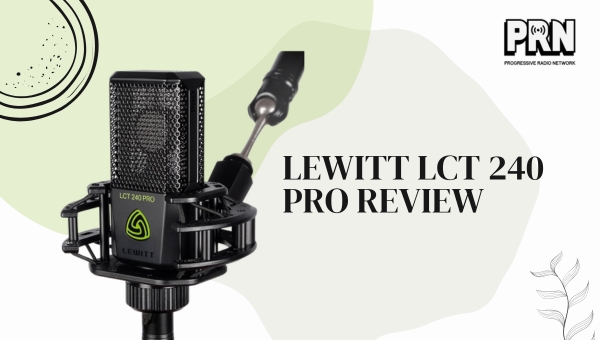
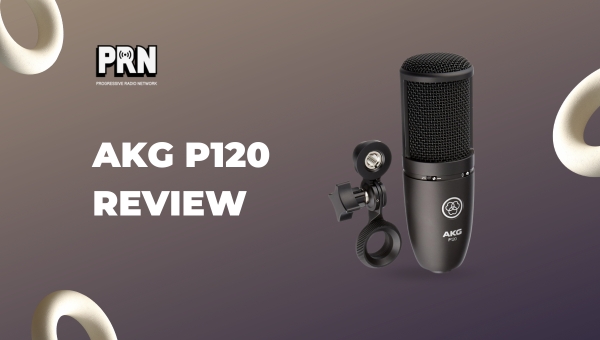
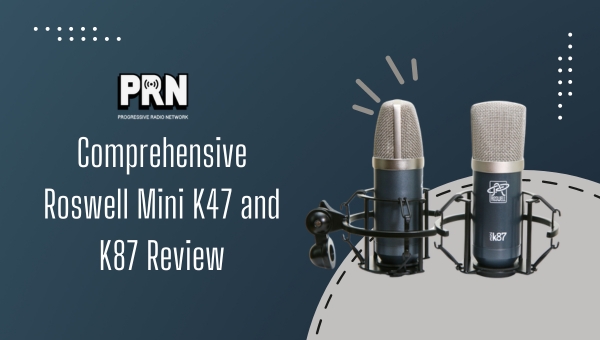
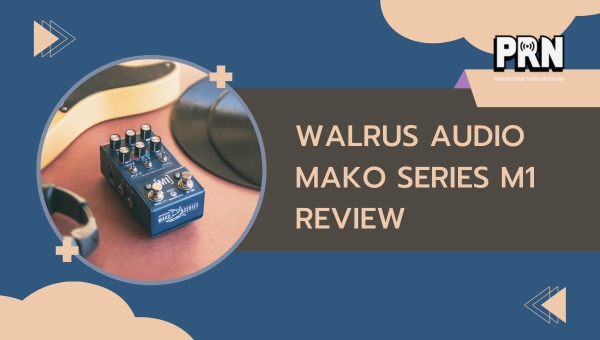
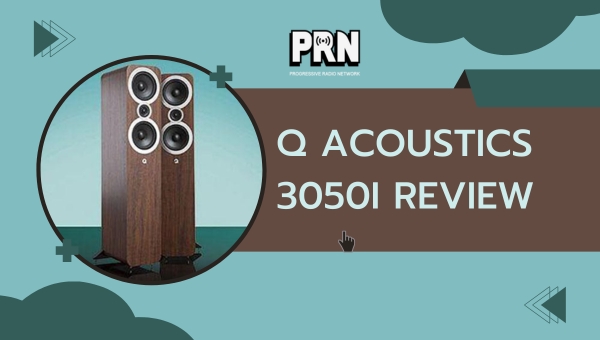
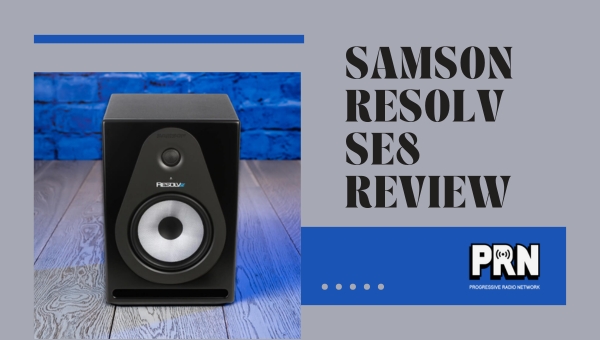
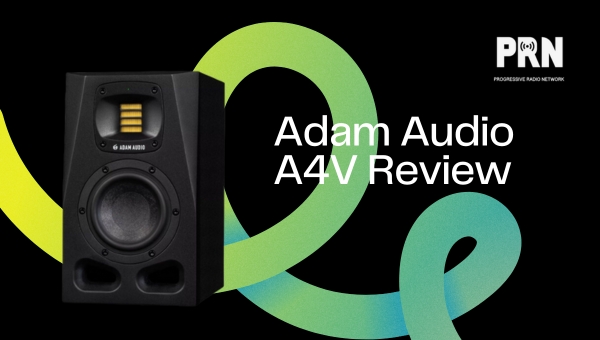
Leave a Comment